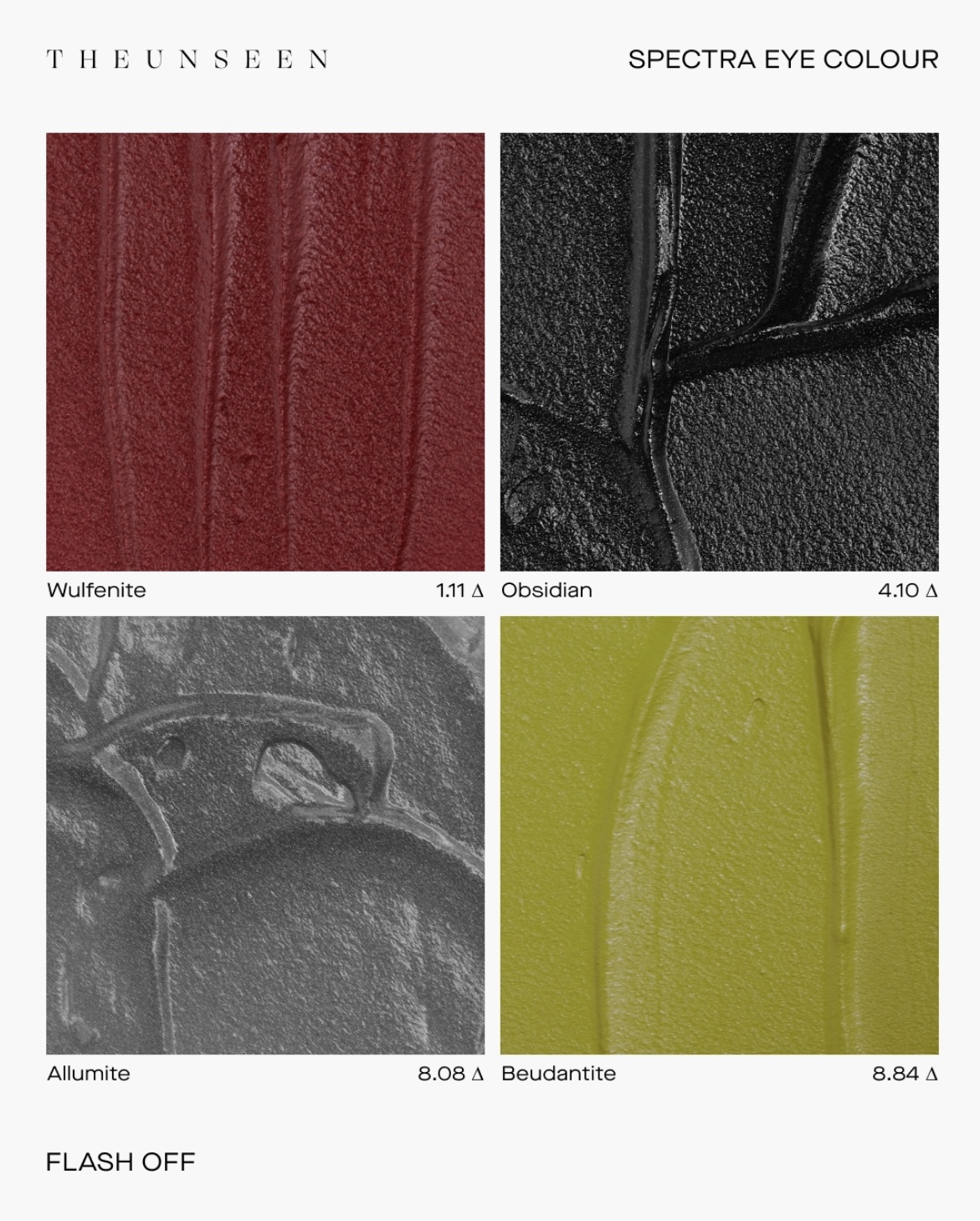As the world enters the so-called Fourth Industrial Revolution, characterized by disruptive trends in the digitization of the manufacturing sector, a single question arises:
Can science and technology truly save humanity or does humanity itself, stuck in a cycle of overconsumption, not want to be saved?
Digital Twin Technology
Digital twins are replicas of a physical object, person, system, or process, which is used to simulate behaviour before decisions are made in real life. They are interconnected, linked to data sources and constantly updating with new information (McKinsey, 2024).
A study from McKinsey suggests that digital twin technology will grow about 60% annually for the next five years as firms begin to realize its potential for supply chain efficiencies and cost savings (McKinsey, 2022).
Even firms facing low differentiability on greenness and low substantiality of green market segments — dubbed lean greens — can create a low-cost competitive advantage by using digital twin technology (Ginsberg, 2004). For these firms, sustainability is a welcomed side effect (Kaplan, 2023).
Face Value
Some first-mover beauty brands, like THE UNSEEN, are leveraging the digital twin ideology to create makeup for both inside and outside the digiverse (THE UNSEEN Beauty, 2025).
Wouldn’t it be funny if you created a colour that physically existed, but it was only ever seen in the digital space?” (Lauren Bowker, founder of THE UNSEEN)
THE UNSEEN’s Spectra eye shadow is a product that can be physically applied to the skin, but looks entirely different on camera. The brand is actively bridging the gap and showing consumers the potential value of products that exist only online (Cleary, 2023).

In the wake of the pandemic and the resulting boom in the everyday consumer’s online presence, value propositions specific to the social media world are crucial. After all, Meta reported that over 600 million Facebook and Instagram users worldwide have used beauty filters, a form of data twins (Well, 2023).
The Anti-Consumption Movement
Digital twin technology shifts the focus from mass production and consumption to on-demand, precise production. This could represent a shift from aggressive consumerism towards a minimalist approach.
Brands like THE UNSEEN are emphasizing the future opportunity for digital expression, shifting the consumer need from physical ownership to digital expression. Fans of the brand understand that real-world aesthetics are only part of the value that makeup and beauty products provide.
THE UNSEEN’s innovative product lines, such as reactive, colour-changing pigments, also reduce the need for excessive variety by designing a product to serve multiple purposes (THE UNSEEN Beauty, 2025).
From a consumer psychology perspective, this approach may also mitigate the paradox of choice faced by beauty consumers; with thousands of options on the shelves at Sephora, smaller beauty brands barely stand a chance at gaining substantial market share (Pilat, 2025).
As digital twins spread through every stage of the value chain from production to consumption, the line between reality and simulation blurs. The future of beauty may be less about what we apply to our skin and more about how we portray ourselves in the digital realm.
About. THE UNSEEN Beauty. (2025). https://theunseenbeauty.co.uk/pages/about

This is a powerful and insightful article! Your examination of digital twin transformations through beauty, with themes of sustainability, minimalism, and digital expression, is so well-rooted. I especially liked how you mentioned the reduction of choice paradox with multi-functional products like THE UNSEEN’s pigments-these may really change the way consumers decide on products. One thought: is this type of innovation scalable for larger brands, or is it niche? And I just loved the way you framed beauty filters as “data twins.”. But how do brands balance digital appearance with real-world product quality to not rely on digital allure? Overall, great work-thought-provoking and timely!